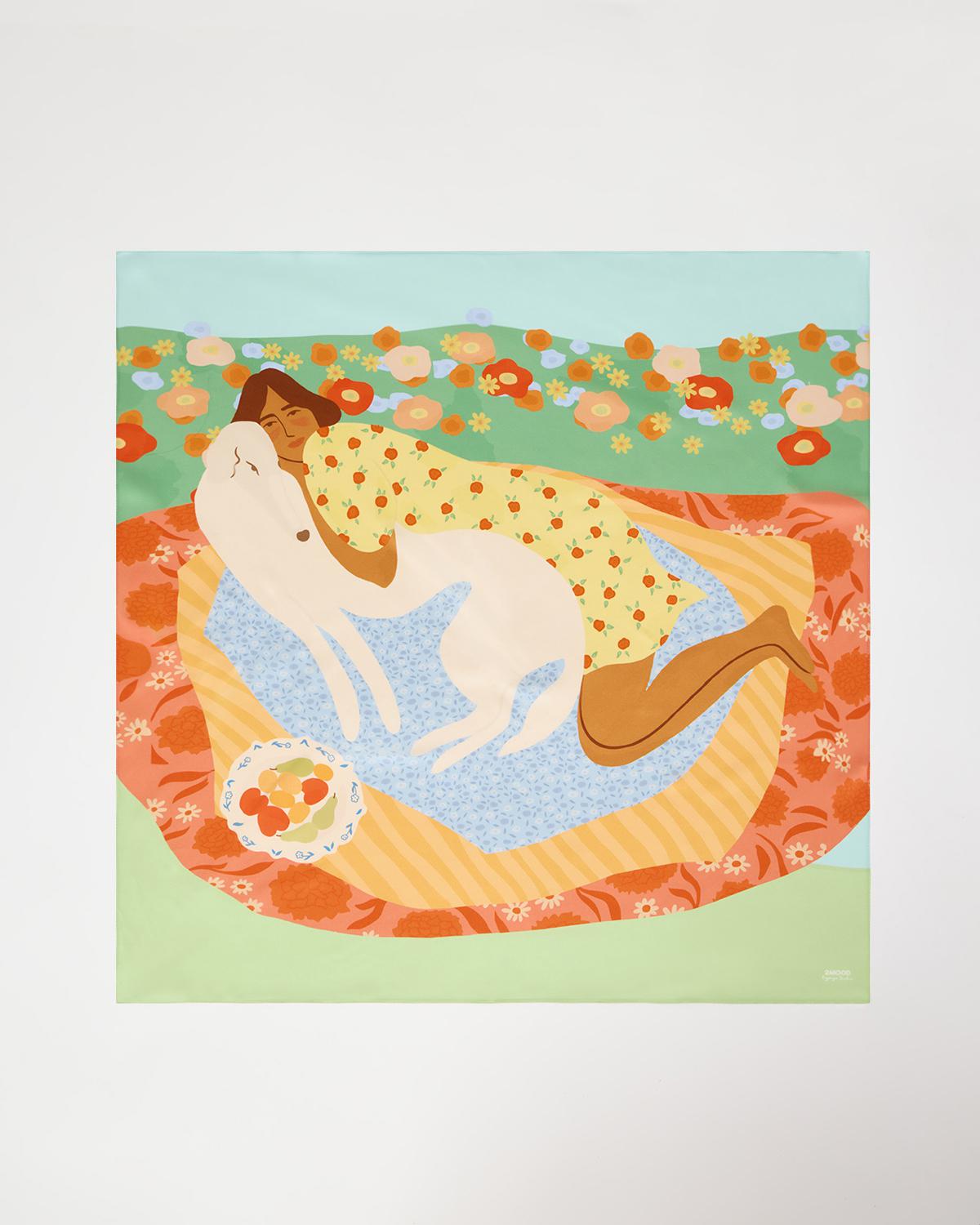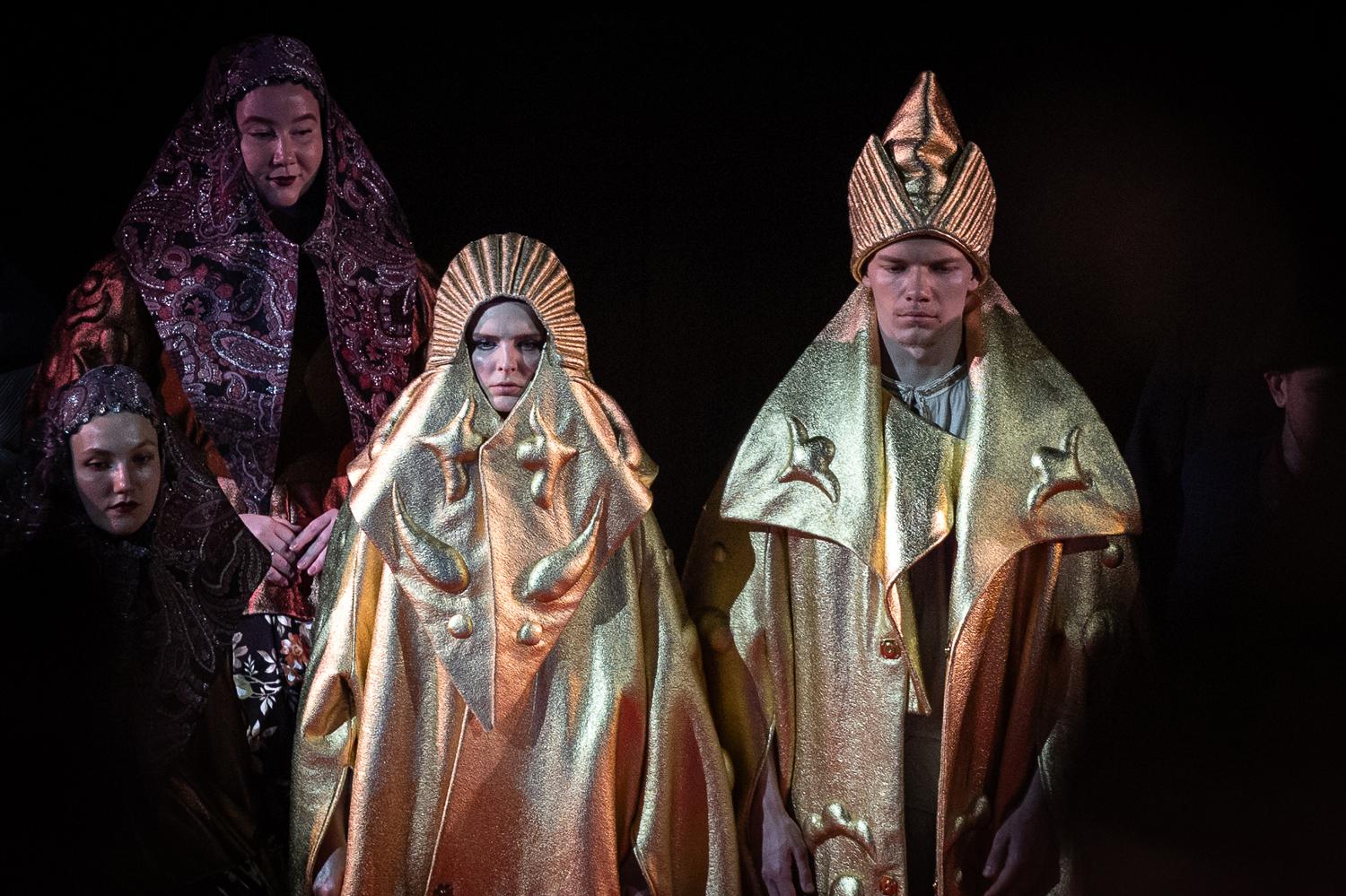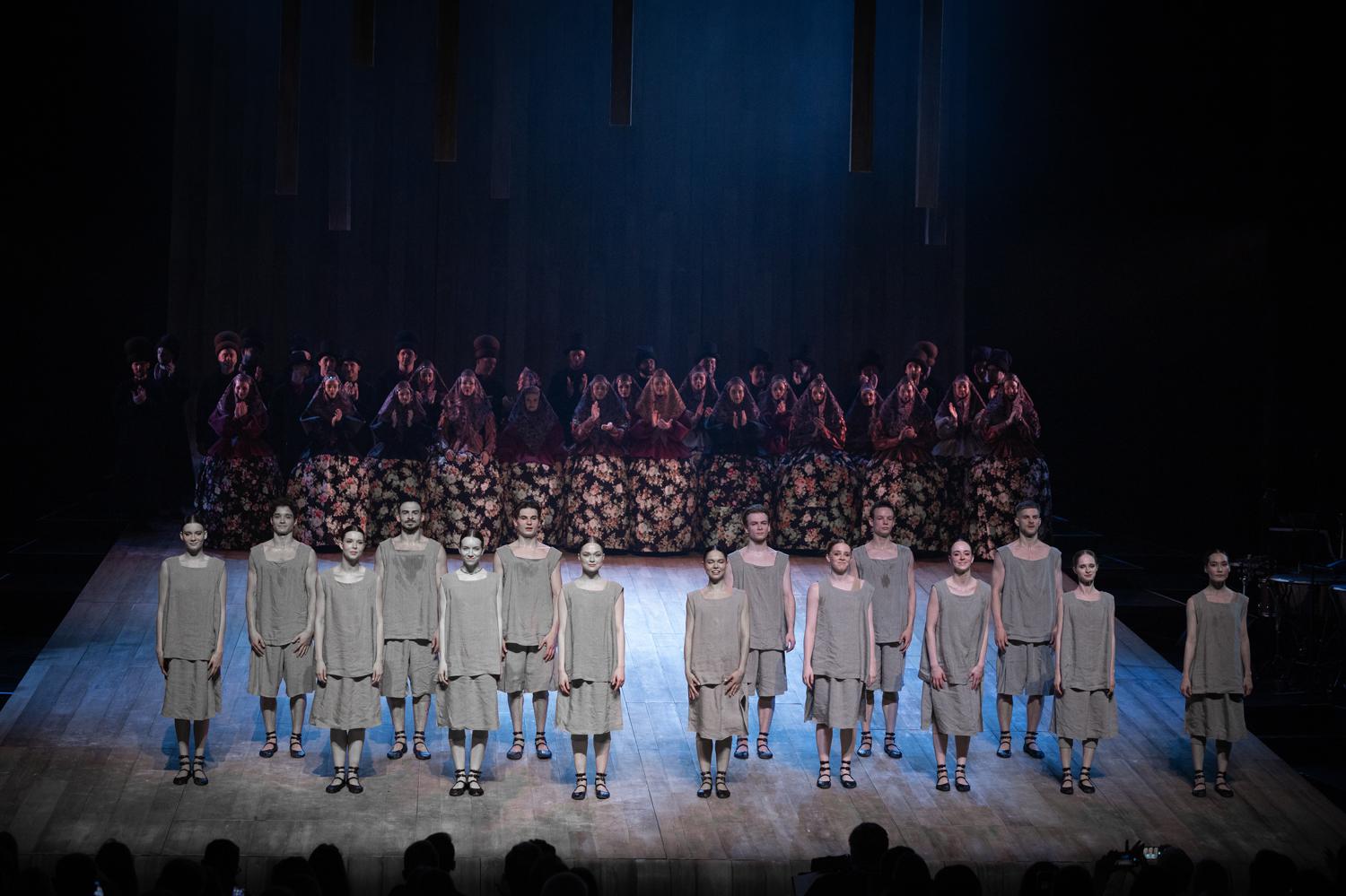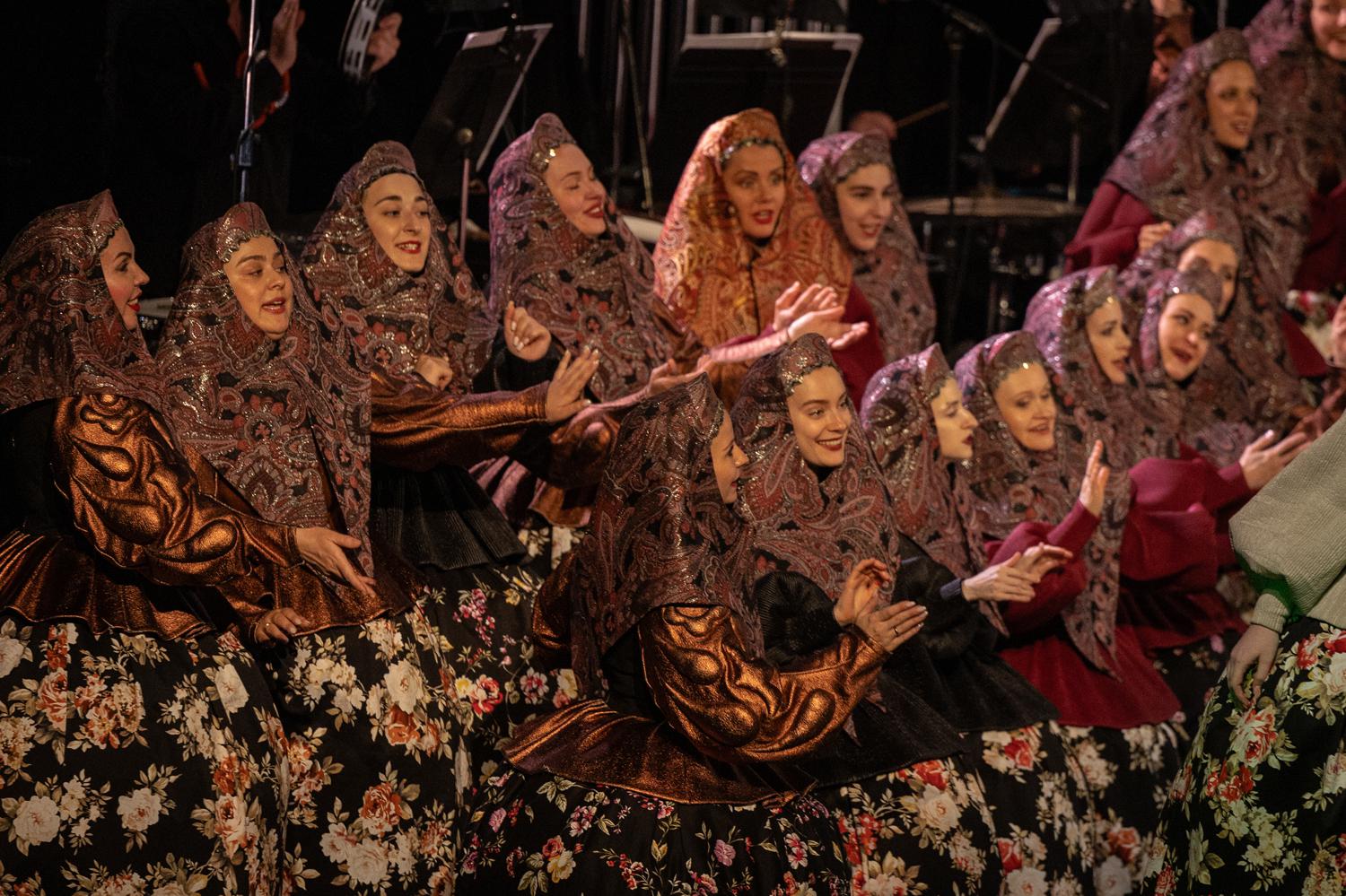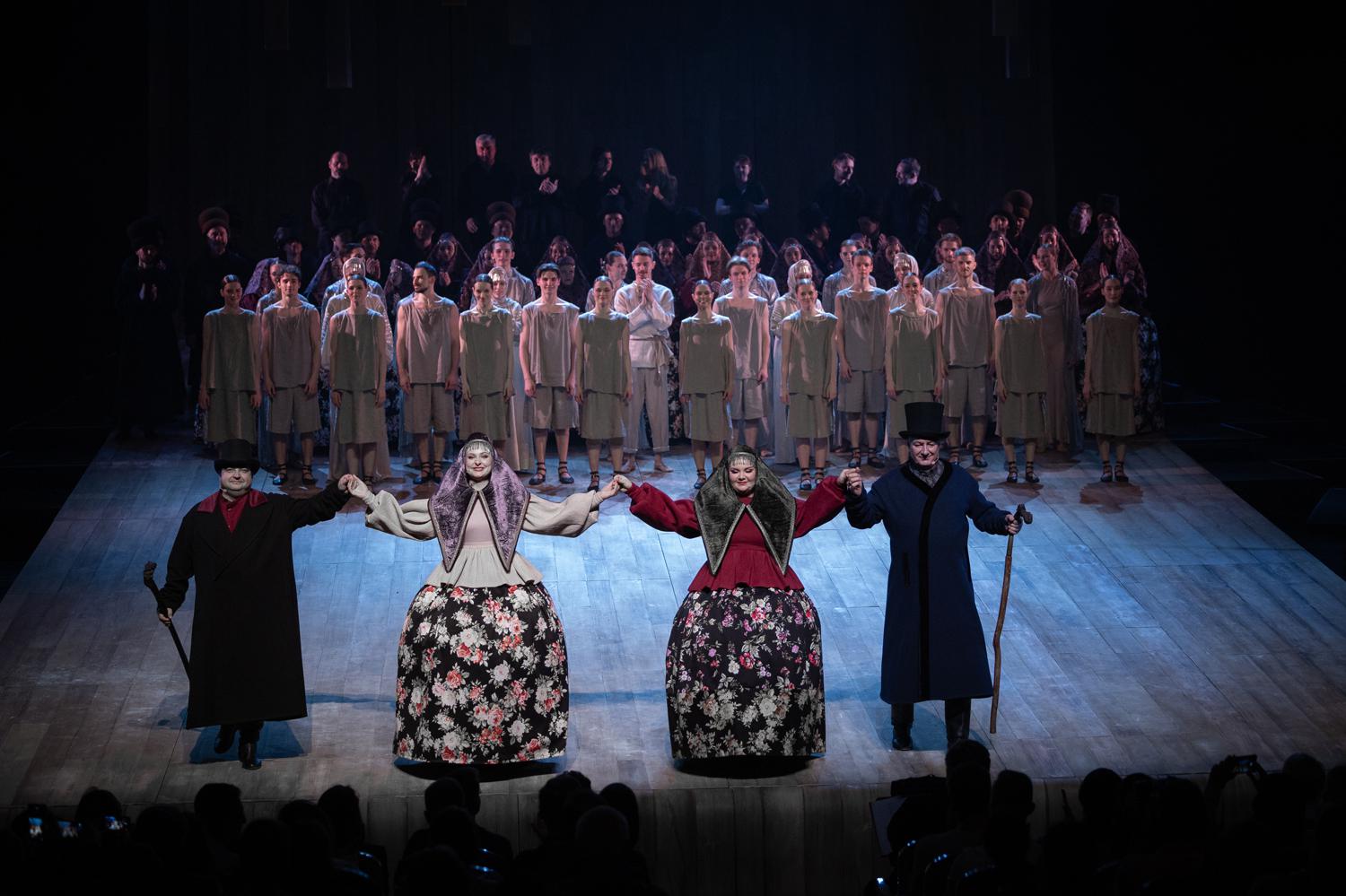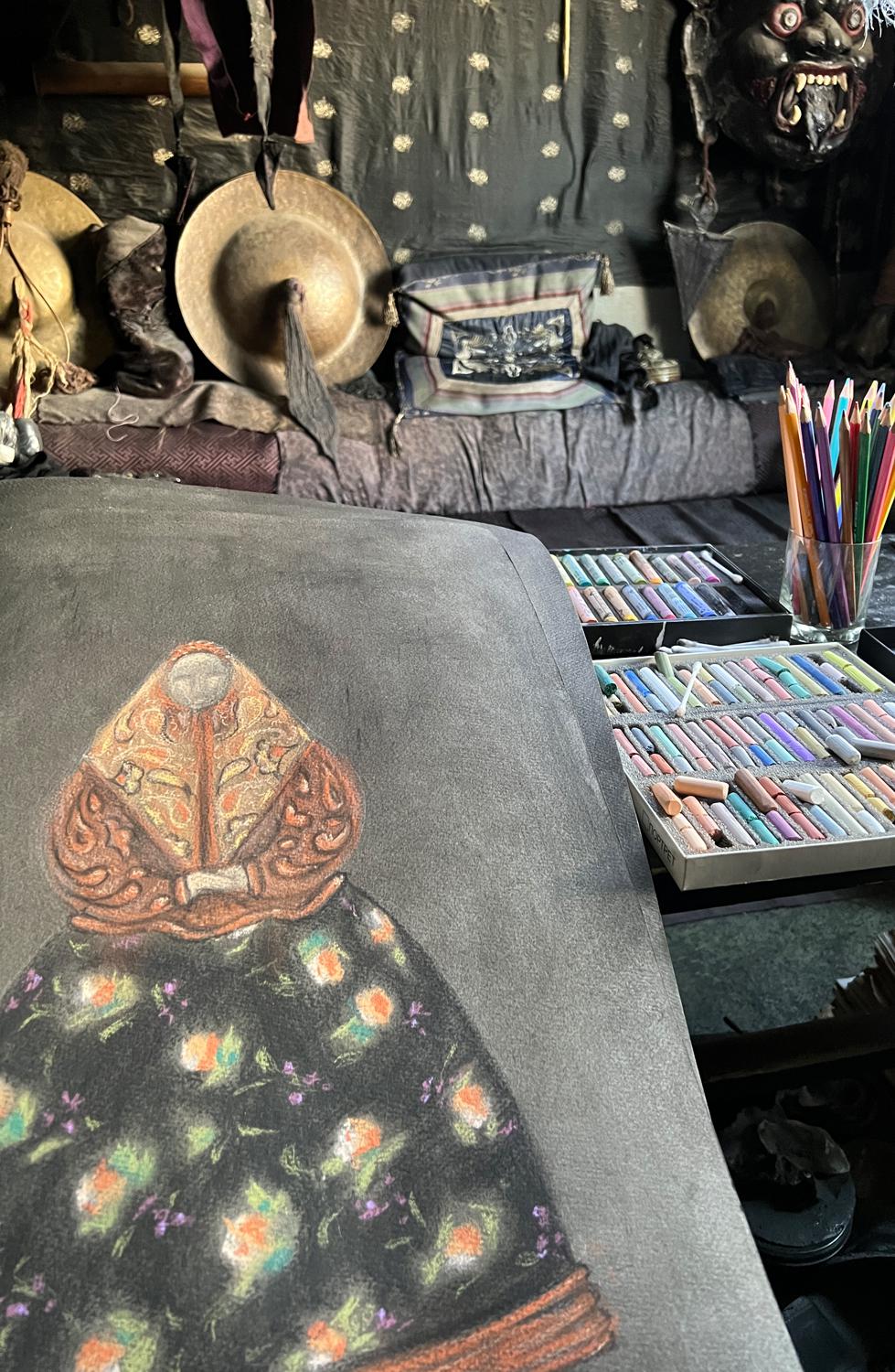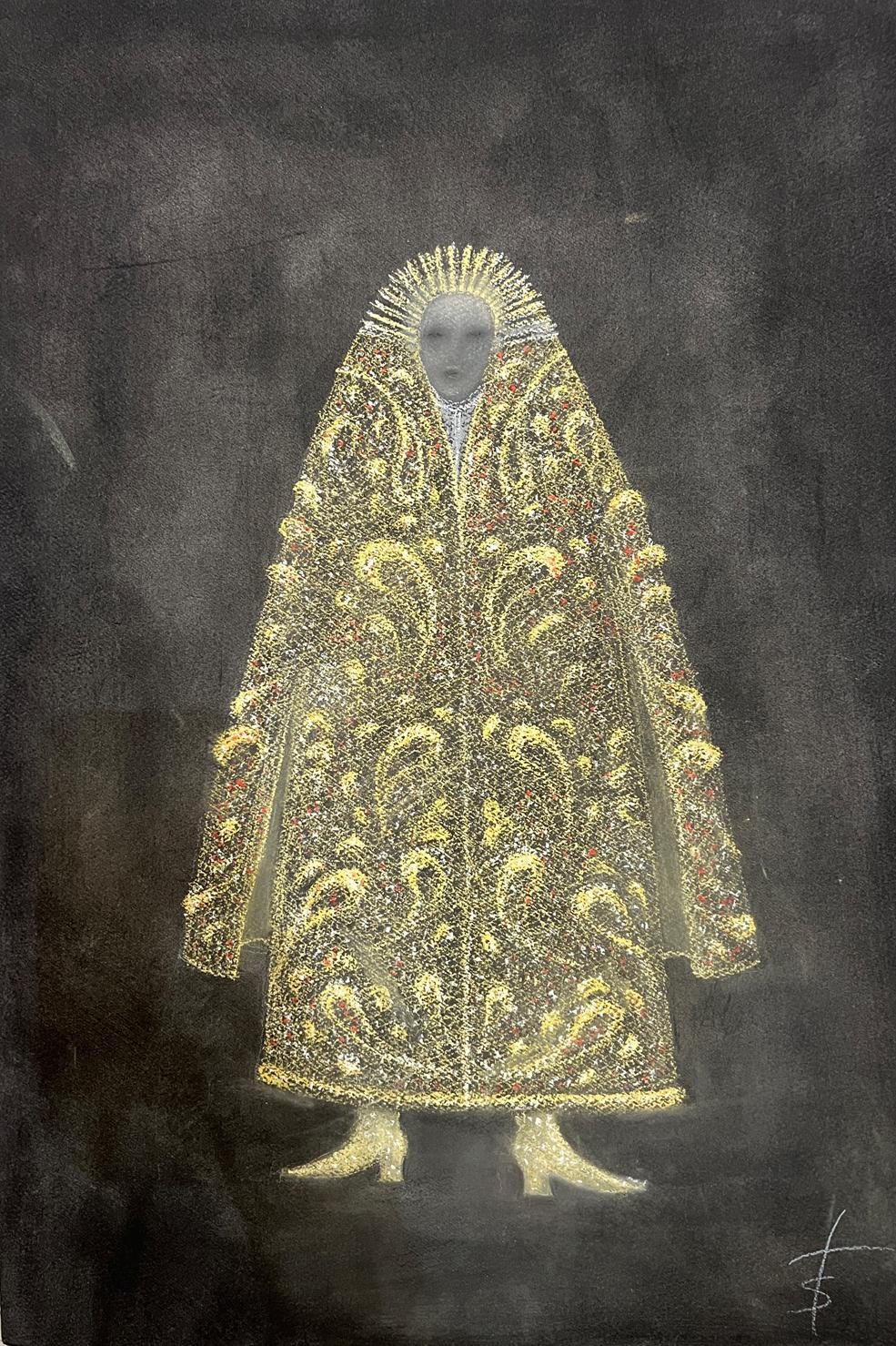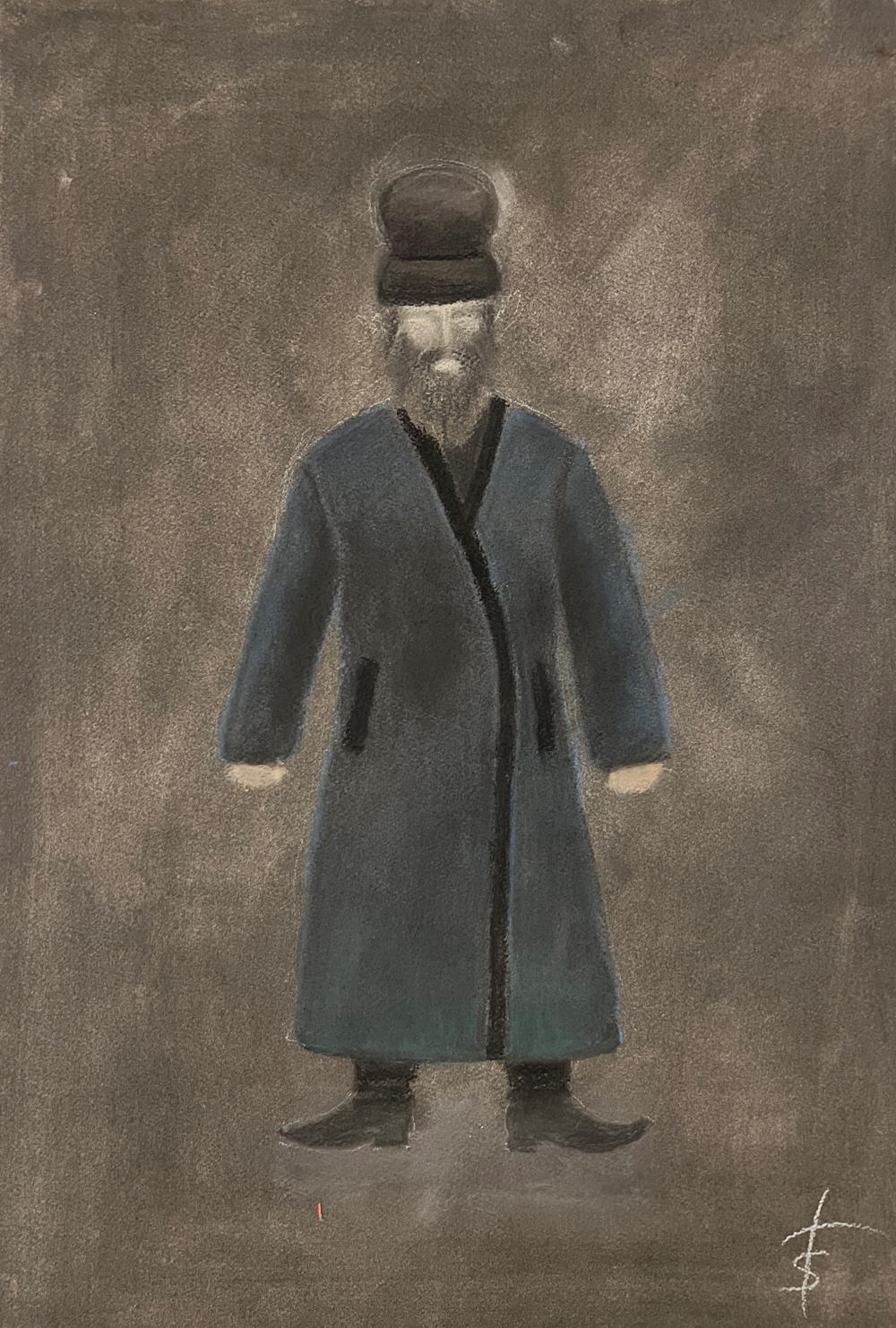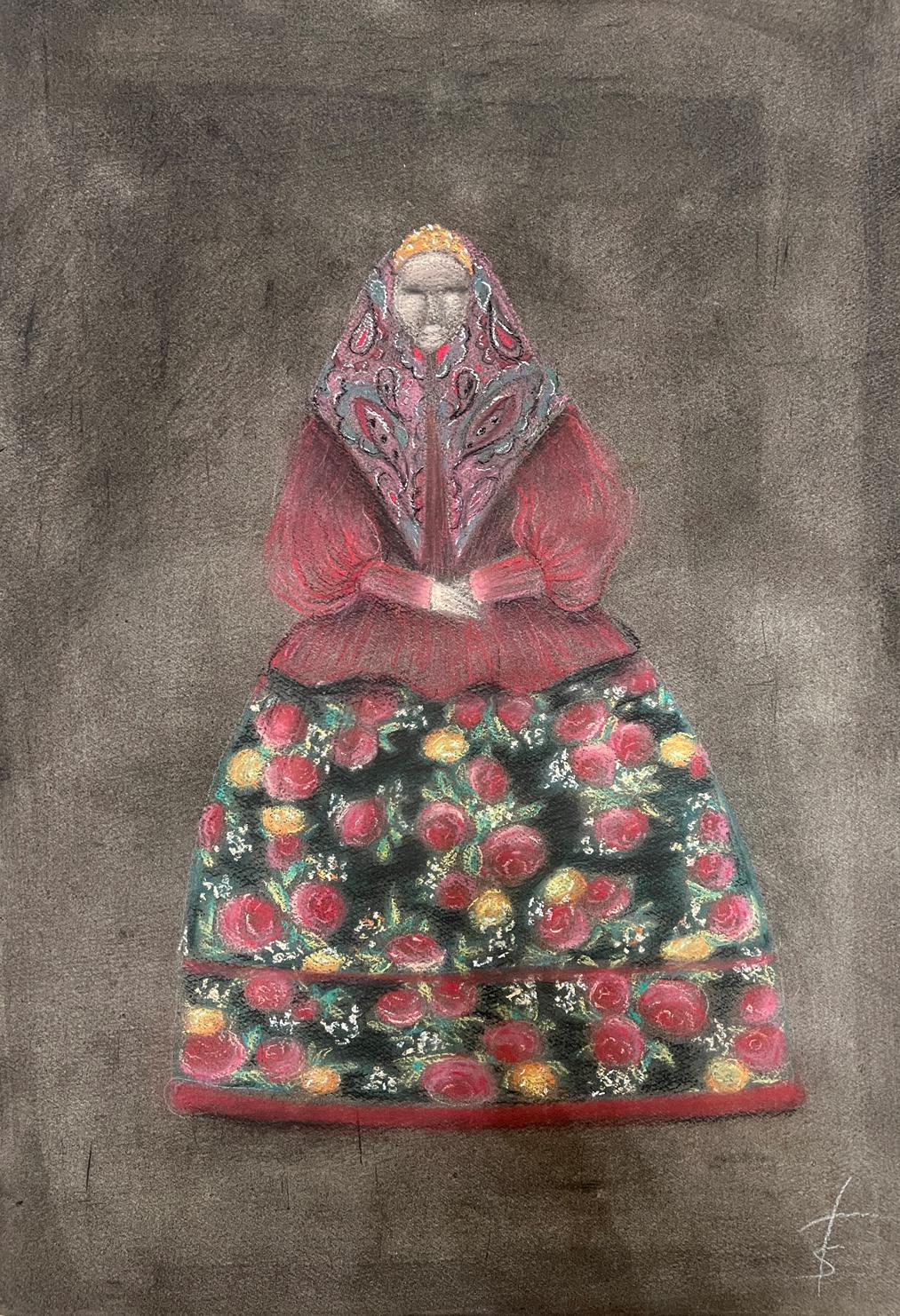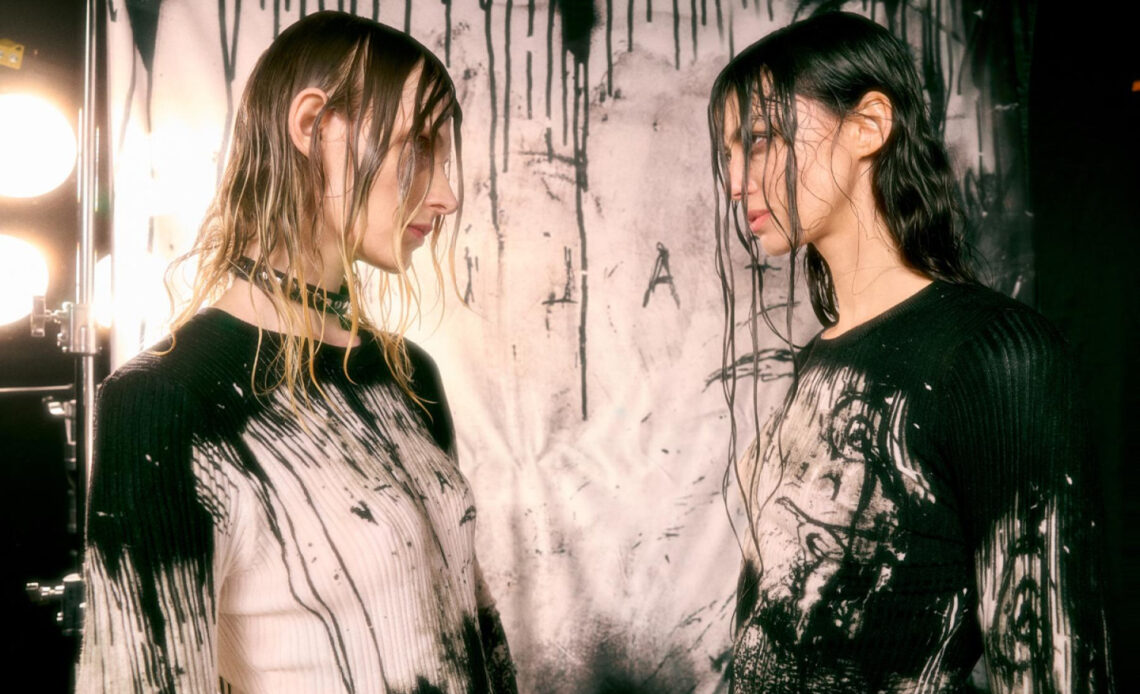
Only the lazy have not written about the fact that the global fashion world has always gravitated towards art. However, the topic of the relationship between the two industries in the local market, which has undergone serious changes over the past few years, has not been fully disclosed. The history of creative relationships between the fashion world and interdisciplinary industries is interesting in its diversity, especially in the international arena. Things are completely different in the domestic arena. The latter, having found itself in extremely constrained circumstances, does not lose its optimistic mood and actively develops itself, as well as vigorously builds communication with cultural institutions of various scales and profiles. We decided to figure it out and, in fact, ask the market players themselves – from brands to online stores – what such friendship with the theater, cinema and art scene means to them, using specific cases as an example.
Perhaps the most popular option for fashion brands to collaborate is with artists. The general public could easily see this last year (this year, by the way, was no exception). Everyone, young and old, joined the art game. For example, the jewelry brand Avgvst worked with the artist and jeweler Alexander Karpinsky (the central theme of the joint jewelry drop was transformation, the mutability of the world and plasticine as its symbol). The local lingerie brand Blizhe joined forces with the St. Petersburg artist Liza Odinokikh, who came up with the graphics for the packaging and an installation to mark the launch of the River collection. Tvoe made friends with the Tretyakov Gallery, Zarina with the European Museum, and several 2MOOD stores featured paintings by artist Zhenya Datsko. The latest examples of this brand include a summer collection with artist Evgenia Skubina.
When asked why Skubina, the team says that the debut collection with Datsko prompted them to look for people whose art vision matches the brand's vision and values. “In the case of Zhenya Skubina, we were struck by the tenderness that permeates her work, its multi-layered nature, the unique plasticity of her lines and sense of composition, and she also works beautifully with color,” they say at 2MOOD. “Zhenya painted one large picture especially for us, which we were able to disassemble into several independent parts and use for different products. The prints (which are also parts of the overall picture) look different on each product.”
As for collaborations with the art world in general, 2MOOD explains that it is important for them to work with authors who have a unique style and are ready to capture the mood of the brand: “We like the concept of an outsider’s view. An outsider has studied our brand and conveyed their emotions. There are not many talented people, we want to support them, and we have the resources for this. We want to show that there are cool artists in Europe. In addition, we tell a beautiful story about the relationship between fashion and art, but at the same time we try to stick to our own view of collaborations so as not to be secondary.”
I want to show that there are great artists in Europe.
The next interesting and more complex process of integrating the fashion world with art is when the “art” itself invites a designer or brand to work. In June of this year, Svetlana Tegin continued to develop Tegin Creative — and came up with costumes for a fresh interpretation of Igor Stravinsky's “The Wedding” at the Novaya Opera. For the performance, the brand's team sewed more than 100 costumes from natural linen, cotton, silk and viscose.
“Unlike the 1923 production by Bronislava Nijinska, which I love very much, we made a completely new version of “Les Noces”. It was a challenge for me – I worked with archives, immersed myself in the tradition of rituals, historical European costume,” explains Svetlana Tegin, and then adds that working in film and theater is expanding one's own boundaries. “I like to inspire and become part of the creative process. In fashion, I have always been interested in the activities that accompany the production of clothing. Photo sessions, shooting mini-films in collaboration with directors and actors. Costume exhibitions in museums and galleries, shows in the genre of a theatrical show or performance,” she continues. – As a result, among Tegin's clients, there are many actresses, gallery owners, directors and artists. All offers to participate in film and theater projects came from those who saw my work in fashion. I have been in the profession for over 20 years, and these offers have been coming all this time. My first film work was the series “Vertinsky”. The time it is about inspired me from the very first collection. I agreed to become part of a strong professional team. In general, the choice of the team still remains decisive for me.”
According to Tegin, the connection between fashion brands and the world of art is so strong and long-lasting that it cannot simply end today, and this is an exit for the designer to a completely different level – the level of art. In this case, the designer becomes an artist-co-author. “The boundaries between types of art are erased. Art invites us to create a total virtual reality. And this is happening all over the world,” Tegin believes. She likes to solve paradoxical artistic problems. To connect all the experience in fashion, the subtlety of perception of psychology, the search for new forms and combinations to work in cinema/theater.
“Preparation is the most interesting part of the process. Historical archetypes, images in paintings of different times, natural forms and landscapes, exhibitions, music — everything becomes material for creating a work,” the designer notes. “In the theater, as in cinema, a costume should tell the viewer about its character, become one of the colors of the overall picture. And this picture, of course, has a frame. It is necessary to take into account that each genre has its own laws. In an artistic sense, it is important to comply with them. For example, cinema requires detailed elaboration for close-ups, and a costume for a choir in an opera should be solved with larger strokes.”
The boundaries between art forms are blurring.
Trendsetters and visionaries of the industry did not stand aside…

